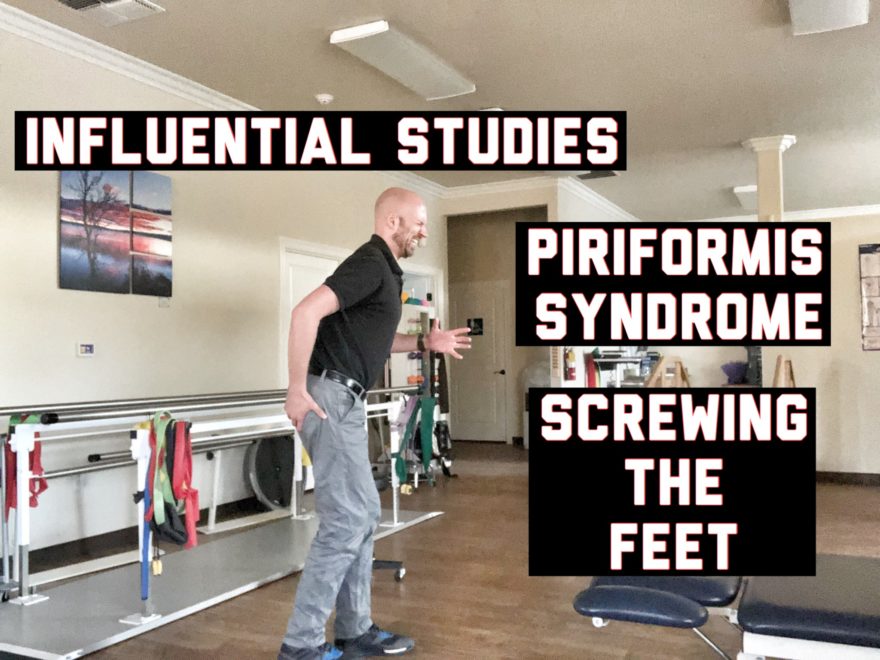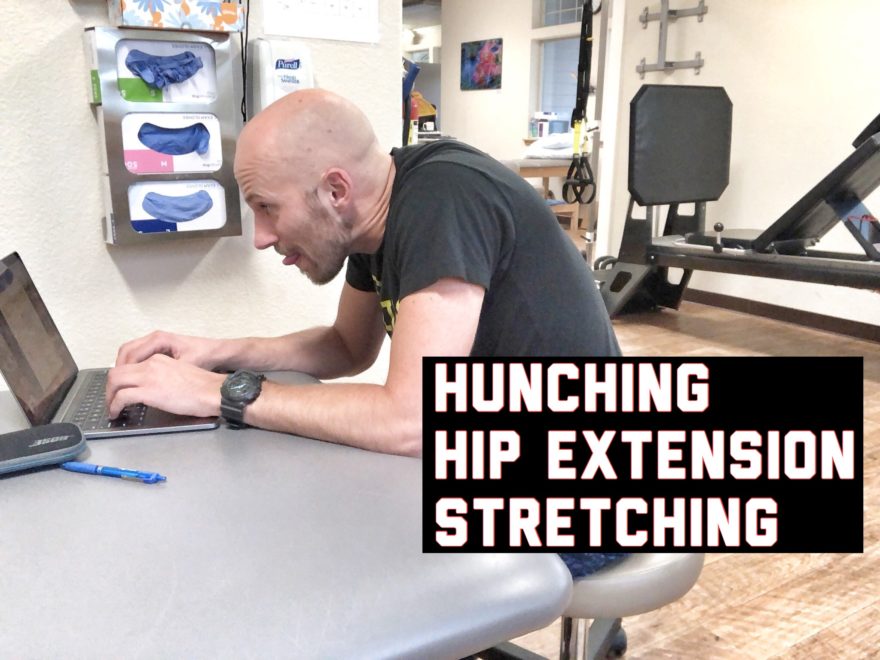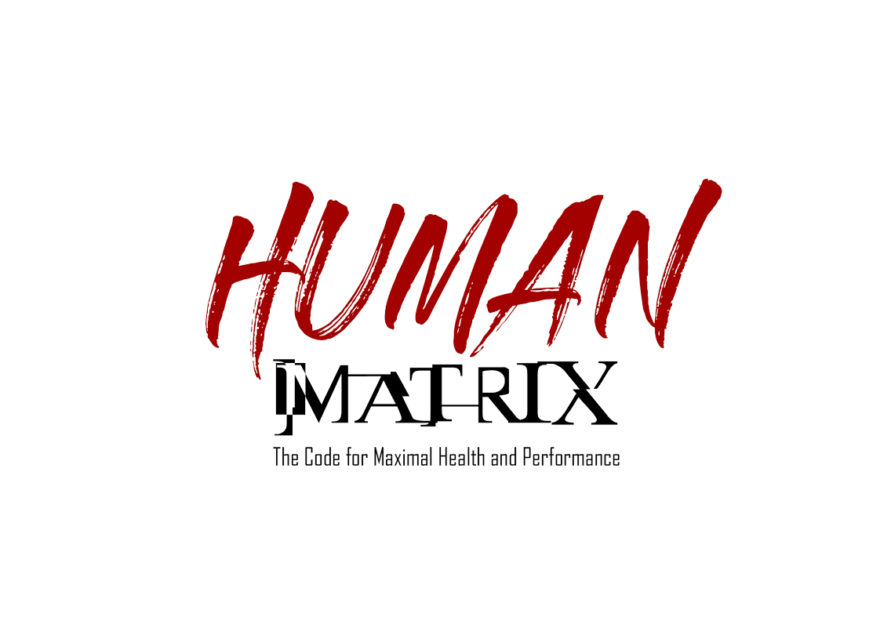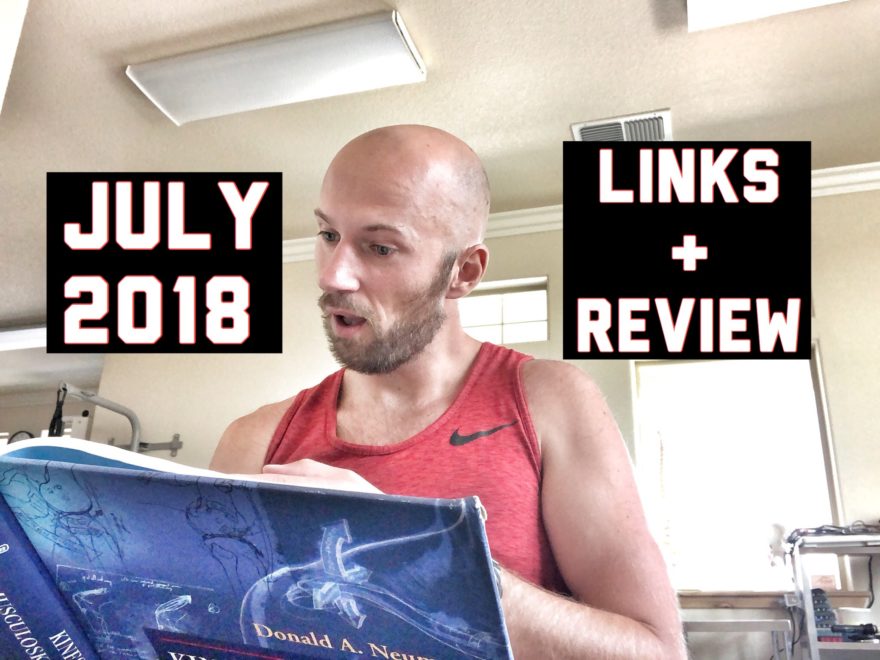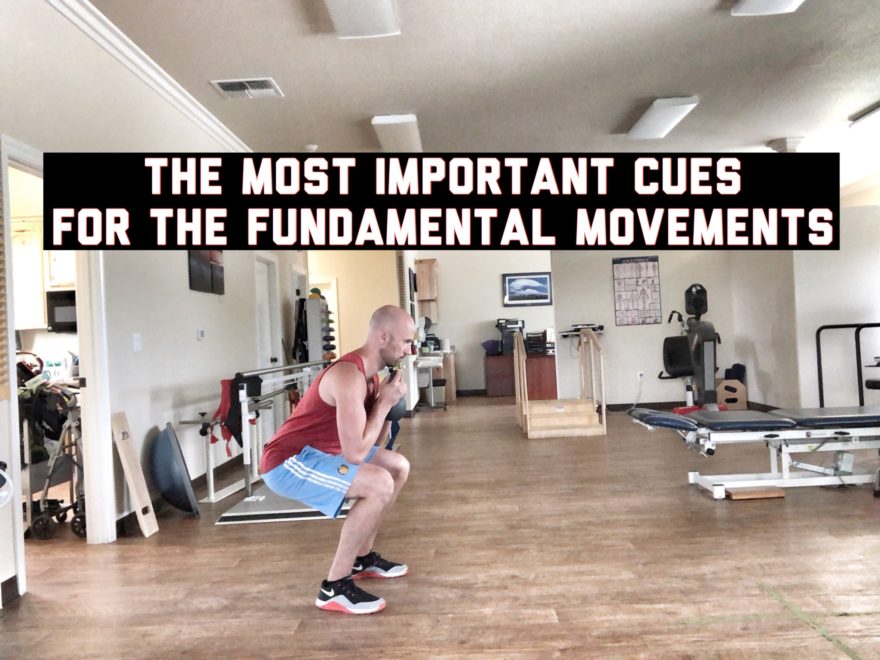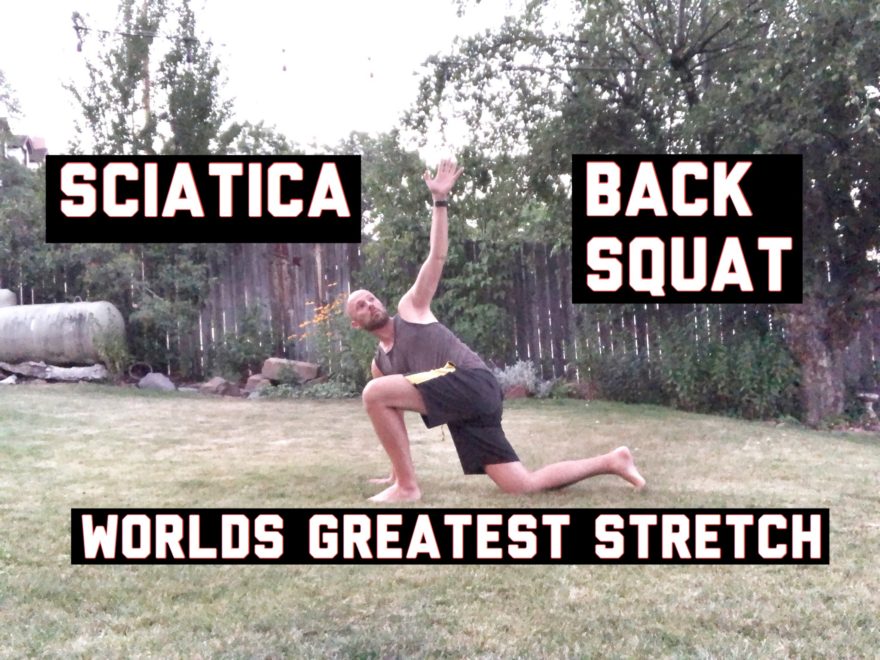I recently had the opportunity to attend a strength and conditioning retreat hosted by none other than the legendary Ben House at his Flo Retreat Center. The retreat consisted of a morning filled with meditating, writing, thinking, and of course learning. Afternoons were time to bro down with fellow bros at the beach, on hikes, and exploring all the wonders that Costa Rica has to offer. The experience was life changing for me. Very rarely do I get a chance to be a part of a community like we had in Costa Rica, especially as a mercenary PT. I had the opportunity to learn from great people, share phenomenal moments, and make new friendships that I hope last a lifetime. If you want to get schmarter, meet amazing people, or simply get away from the riggers of a overconnected environment, I strongly encourage you to sign up for one of these retreats. I’m hoping to be there again next year. Without further adieu, if you want some knowledge bombs from the heavy hitters who were there, check out the review below.
Read More
